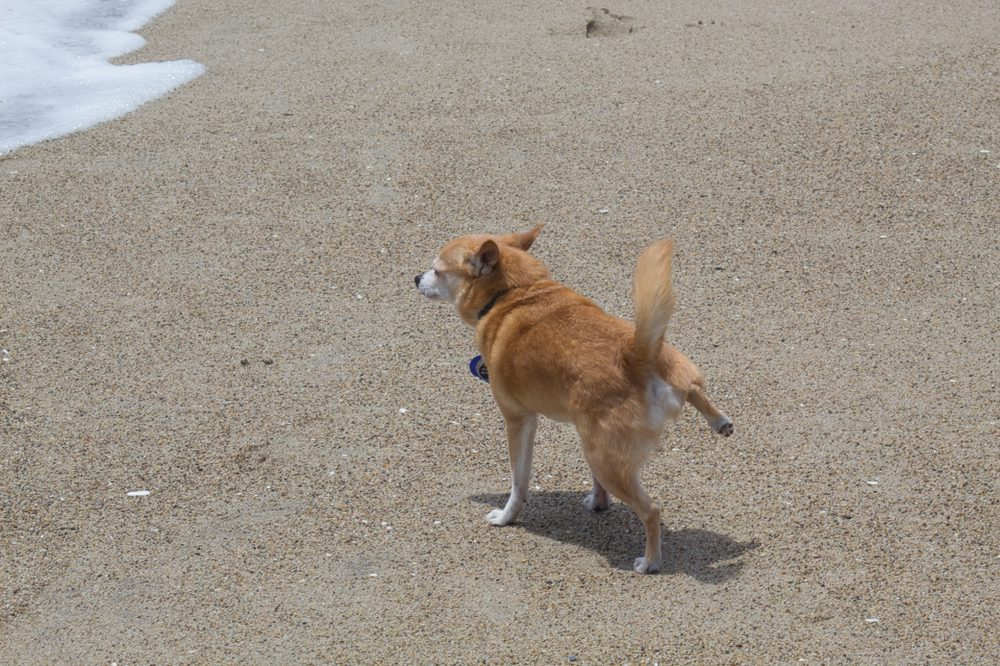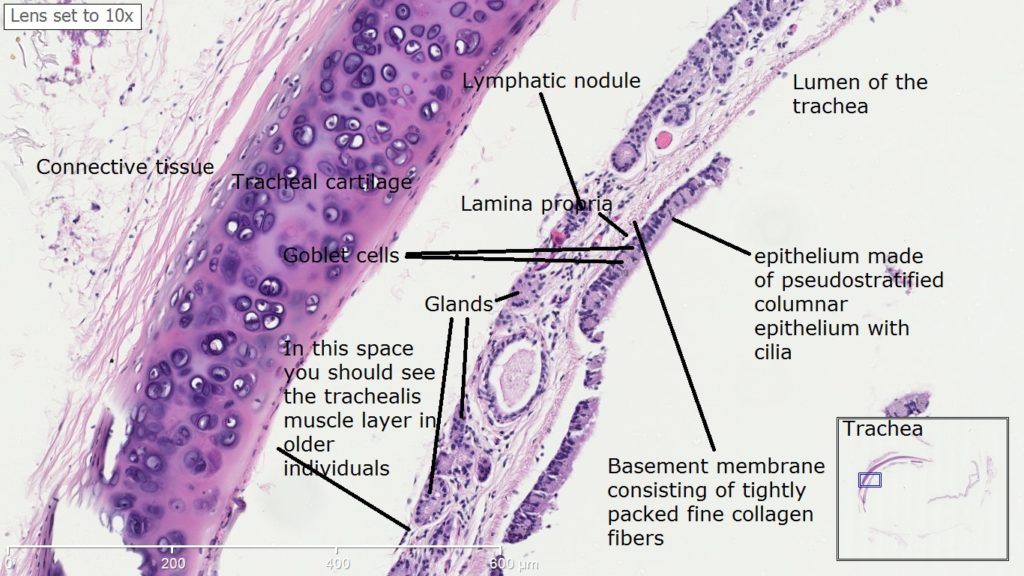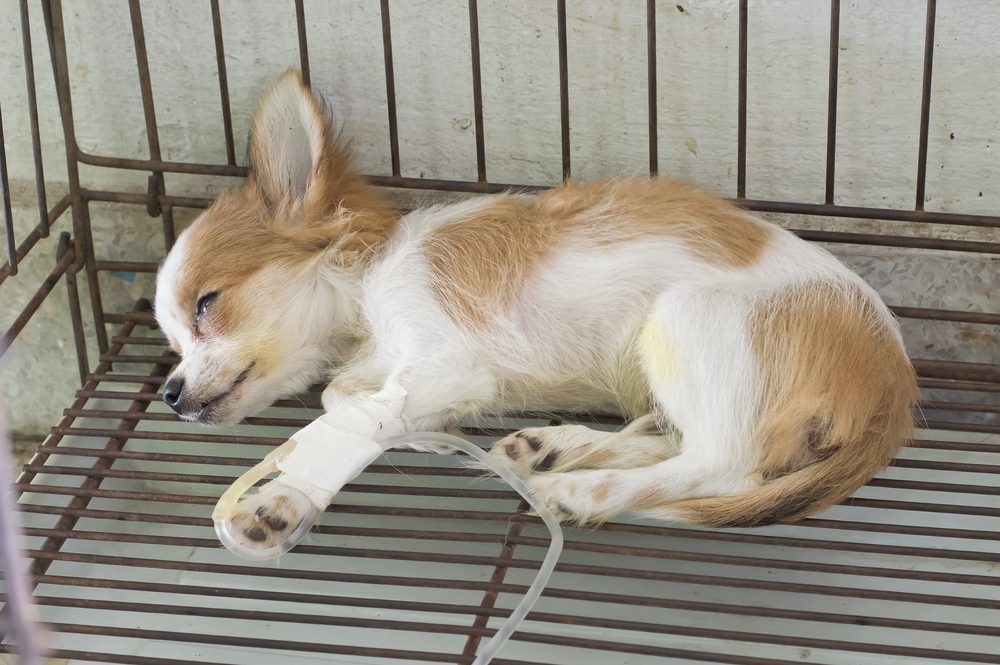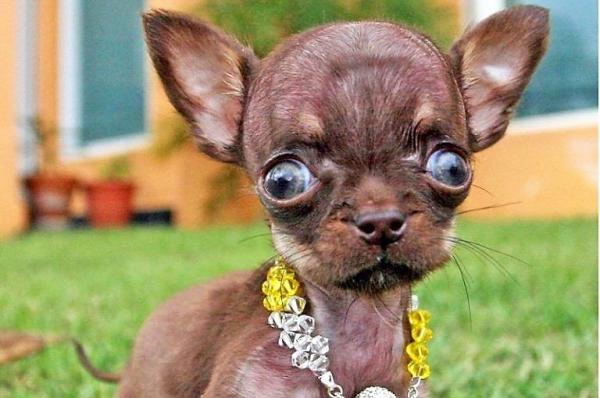
These tips can save you hundreds of $$$ on your veterinarian bills!
It is true, I could have saved myself hundreds of dollars in veterinarian costs, three years in a row. If you’ve read any of my other posts you already know that I have three beautiful Chihuahuas.
I have learned a lot since then, but when I got my first Chi I knew very little about dogs in general and nothing about Chihuahuas, or that they were predisposed to some common small breed health problems.
I have listed here what they are and how to recognize them and what to do should your dog show signs of any of them. They are:
- Patellar Luxation
- Tracheal Collapse
- Hypoglycemia
- Hydrocephalus
- Teeth Issues
Patellar Luxation:
Patellar Luxation is a very common problem among small breed dogs. It is also known as a floating kneecap. This is when the dog’s kneecap or patella moves out of its normal position. The patella in dogs is shaped like an almond and it assists in knee extension.

Symptoms are often described as the dog suddenly went lame and then it was just fine as if nothing had happened. That pretty much describes what happens. The patella will slip out of its normal position. The initial slip is painful and often the dog will yelp or cry and hold up his/her leg. When they hold it up it stretches the quadricep muscles, they relax and the patella will pop back into place.
Treatment:
Many times surgery is suggested, but there are many ways you can treat it, or at least slow the progress from home. Don’t automatically spend money on surgery. To find out more, read my post entitled: What is a Floating Kneecap?
Tracheal Collapse
Collapsed Trachea sometimes called backward sneezing, is a condition most common in small breed dogs, Chihuahuas, Lhasa Apso, Maltese, Pomeranian, Pug, Shih Tzu, Toy Poodle, and the Yorkie. The trachea is a little like a vacuum hose that has small rings. These rings are cartilage that keeps the airways open.

Common causes are, congenital — from birth, nutritional, or deficiency in calcium, chondroitin, glycoproteins and glycosaminoglycans, a chronic disease involving the airways and obesity. Also, remember to ALWAYS walk your dog with a leash and a halter, NEVER attach a leash to the dog’s collar to walk him or her. When the dog pulls (yes, even a tiny dog, it only takes a slight pressure) on the leash it puts too much pressure on the neck and can cause the trachea to collapse.
Treatment:
Again, sometimes surgery is recommended. There are many things you can do from home to save money without compromising your dog’s health. To find out more and what you can do read my post entitled: What is Backward Sneezing?
Hypoglycemia
Hypoglycemia is the medical term for critically low levels of sugar in the blood. In some dogs, it is often linked to diabetes and an overdose of insulin. But small breed dogs are not only at risk for hypoglycemia, but they can die from it!
It can happen when a dog is overly active with too much time between meals, or if it has been a while since they last ate and begin vigorous play or exercise. Puppies are especially prone to it because they have not fully developed the ability to regulate blood glucose concentration and have a high requirement for glucose. Stress, cold, and intestinal parasites may also trigger it in puppies.

This happened to both of my first two Chihuahuas when they were puppies. The symptoms are very scary if you don’t know that this may be the cause. I, of course, rushed them to the veterinarian each time and there were a few times it happened in the evening when my veterinarian’s office was closed so I had to take them to our emergency veterinarian clinic. They of course charge even more than my own veterinarian.
The symptoms are:
- Loss of appetite
- Extreme lethargy
- Lack of coordination
- Trembling
- Muscular twitching
- Weakness
- Seizures
- Unusual behavior
- Dilated pupils
- Stupor or coma
Treatment:
I finally was told about hypoglycemia and what to do when it happened. You should immediately give them sugar-water or an oral solution of glucose, such as corn syrup. Rub some sugar water on their gums for faster absorption.
If you own a small breed dog you need to have these on hand at all times in case of an emergency. Always have them with you when you travel as well as a syringe (without the needle) for administering. I still do.
Although as they get older they are better able to regulate blood glucose concentration, it can still happen to adult dogs. When I gave my puppies corn syrup orally, they almost instantaneously came around and acted completely normal again. For more information on how to treat hypoglycemia click HERE
Hydrocephalus
Hydrocephalus literally means “water on the brain”. The “water” is actually an excess of cerebrospinal fluid that has leaked inside the skull, leading to brain swelling. There are two types; congenital (from birth) and acquired.
Congenital is usually associated with dome-shaped (apple head) skull or a large fontanel (soft spot) on top of the skull, and eyes that appear to gaze downward. To be clear, Chihuahuas have a soft spot (or Molera) and some have them their entire lives, this is not a symptom or a cause of hydrocephalus. Symptoms often come on early and no responsible breeder will place a puppy with hydrocephalus symptoms for adoption.
Acquired hydrocephalus develops when the flow of cerebrospinal fluid is blocked or altered by infection, tumor or swelling.

The breeds most likely to be diagnosed are small, miniature, toy breeds as well as those with shorter faces. They include Boston terrier, Chihuahua, English bulldog, Manchester terrier, Pekingese, Toy Poodle, and Yorkshire terrier.
Signs that your puppy may have Hydrocephalus include abnormal or spastic walking, changes in behavior, circling or falling over on one side, and failure to house train or learn basic commands.
Treatment:
Treatments can include using corticosteroids or in some cases anti-seizure medications. Surgery to place a tube from the open spaces in the brain to the abdomen may be an option. Considerable risks and potential complications can occur with this procedure, so be sure to thoroughly discuss this option with your veterinarian.
Hydrocephalus in dogs is a serious, often life-threatening condition. This is not one of those that can save you money in veterinarian costs. However, if surgery is needed it can sometimes be performed at a veterinary teaching hospital and may cost less. You probably won’t be able to save veterinarian costs, in this case, however, I feel it is necessary to mention because all owners of small breeds should be aware of it. The best way to save costs here is to never buy a dog from a pet store or puppy mill and if you buy from a breeder, make sure they are a responsible one.
Teeth Issues

This is another health problem that plagues small breed dogs more than their larger cousins. Why? Because compared to the larger breeds, small breed dog’s teeth are comparatively larger. That makes for a very crowded mouth. With all those large teeth in a small mouth, there are more crevices in which tartar can build up, leading to gum and periodontal disease. How do you know if your dog has gum or periodontal disease? Just one kiss is all it takes to alert you! Such a crowded mouth doesn’t leave much room for bone between the roots of the teeth, so even a mild case can be devastating to these breeds. How many Chihuahuas have you seen that always have their tongue hanging out of their mouths? That’s because they have lost their front upper and lower teeth (most likely from gum disease) and so they have nothing to hold the tongue in their mouth. (poor babies!)
On top of all that, it is also pretty common for their baby teeth not to fall out the way they should. Although this can occur in just about any breed, with an already crowded mouth, this is especially not a good thing for our little dogs.
As if that wasn’t enough they are also prone to deform permanent teeth. With deformed teeth they can have tooth roots that are malformed, when that happens it is very common to have an endodontic disease or disease in the jaw bone surrounding the roots (also causing the tongue to hang out of their mouths).
Another problem they are also prone to have is dental malocclusions. That is a fancy word for when the lower jaw is longer than the upper jaw. This then can result in tooth-to-tooth or tooth-to-gum contact, which can be uncomfortable and also lead to dental disease.
Treatment:
If you have or are considering a small breed dog (Chihuahua, Toy Poodle, Brussel Griffons, Yorkies, to name just a few) keep in mind that they are particularly prone to teeth issues. When you have your routine veterinarian visits, make sure he or she does an oral exam to keep an eye on emerging problems. One thing you can do to help your dog and also save you money on veterinary bills is keeping their crowded mouth and teeth clean. That can eliminate some of these problems and slow the progress of others. Always have on hand dental chews, dental wipes, and water additives.
If you have ANY concern regarding your Chihuahua’s health (or any dog, for that matter) please consult with your veterinarian. It is inevitable that you will have veterinarian costs, but these are a few common ones that prevention, of course, is the best policy and there are ways to save some money on the treatments.
It is always a good idea to have pet insurance. Pet insurance has better coverage is less expensive than it used to be. You might want to check it out if you haven’t in a while. Check out Embrace Pet Insurance for a FREE quote and more information.

Please share by clicking on one of the icons below:









